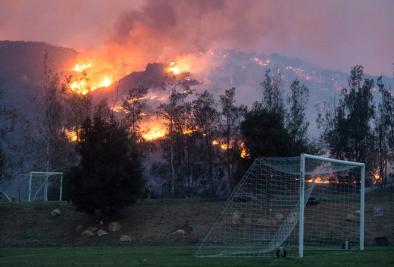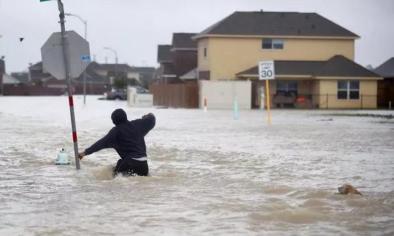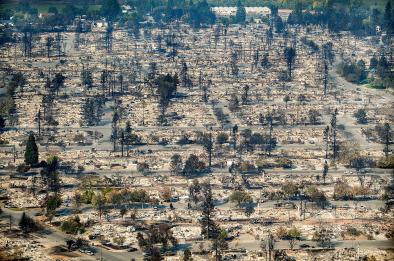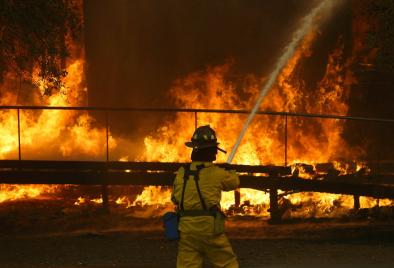Deadly flames seen as end times. Scientists say it's climate
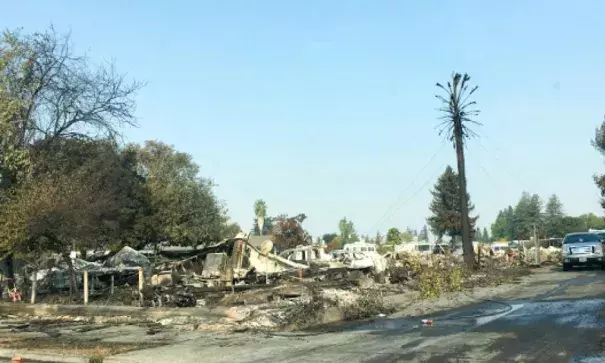
As wildfires engulf nearly 170,000 acres of Northern California wine country, questions are swirling about the role of climate change in causing damage of historic proportions.
The fires, which started late Sunday night in the hills of Napa and Sonoma counties, quickly ballooned to 22 separate conflagrations in eight counties, killing at least 21 people by Tuesday evening. The Tubbs Fire, in Sonoma County, has been responsible for at least 11 deaths so far, making it the sixth-deadliest fire in state history. Nearly 300 people are still reported missing and 25,000 have been evacuated in Sonoma County alone, with more than 3,500 homes and businesses destroyed.
Strong winds were responsible for the fires' quick incursion into urban areas, but months of record-high temperatures, preceded by heavy rainfall last winter, also fueled the destructive power of the fire that burned through the region, climate experts said.
Residents of inland Northern California are now experiencing the confluence of these trends. The fires are expected to persist for weeks, until the rainy season begins next month. Strong winds are predicted to return as soon as tomorrow, giving firefighters a narrow window to get the blazes under control.
When asked if she thought climate change had contributed to the fires, Santa Rosa resident Della Littwin was unequivocal. "As my late husband used to say, 'No swinging dogshit, Sherlock,'" said Littwin, who was volunteering at a middle school that had been converted to a shelter. "I call it the way I see it," she said. "I do not go for any of this nonsense."
...
Scientists typically hesitate to say any specific event happened because of climate change, Westerling said. Yet, he said, "we know that these events are affected by the weather and the climate and how dry it is. The climate system has been altered by people ... all the weather we're experiencing and what's driving these wildfire events is climate change."
While this fire devastated part of the San Francisco Bay Area, wildfire is creating growing problems across the West, Westerling said.
"Everywhere, including California, the number of large fires has been increasing, and the area burned in them has been increasing, as well," he said. Climate models indicate California in years ahead could experience cycles of droughts followed by heavy rains. That could mean more destructive fires, the experts said.
Related Content
